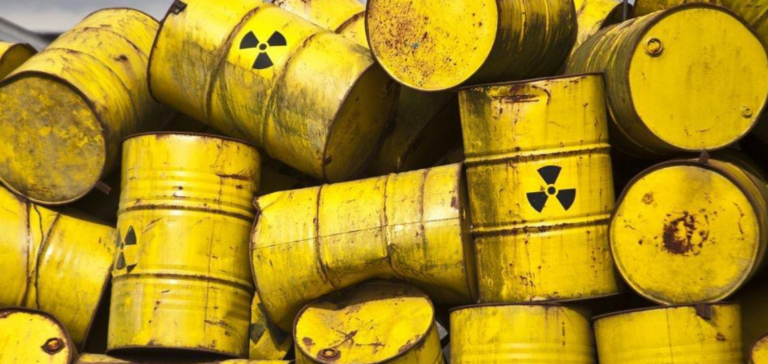More than six decades have passed since the storage of low-level radioactive waste began at a site in Cumbria. Nuclear Waste Services (NWS) has begun covering and securing the filled trenches and vaults, paving the way for permanent closure.
This crucial initiative marks the start of a five-year operation. The first phase involves replacing the existing membrane on the old trenches, guaranteeing protection for the waste for a century. Historically, the site operated on the principle of a landfill, dumping waste at low levels into clay-based trenches and covering them with stone and earth. This process lasted around three decades.
Innovations in Nuclear Waste Management
In 1988, a major evolution took place with the introduction of a new system. Low-level waste was now placed in containers and cemented before being deposited in Vault 8, the forerunner of similar facilities on the site. Vault 8 had a total capacity of 200,000 cubic meters of waste.
The site has received waste from a variety of sources: nuclear power plants, defense establishments, general industries, hospitals and universities. Between 1959 and 1995, site operators stored around 800,000 cubic meters of waste in seven trenches, which they then covered with a temporary cap.
NWS commitment to safety and the environment
Mike Pigott, Director of Sites and Operations at NWS, emphasizes the importance of the Low-Level Waste Repository:
“This is a crucial national asset and essential to NWS’s mission. We are delighted to be making progress on this long-term project, securing the existing vaults and trenches is vital to the long-term protection of waste and the environment for future generations.”
An agreement has been reached for the design of the cap, along with the infrastructure needed to complete the task and the construction permit granted by the local authorities. NWS is committed to working with the community to maintain its social license to operate and to being a caring neighbor while carrying out its important mission.
The Cumbria site remains the UK’s leading low-level waste treatment facility, promoting the safe and environmentally approved disposal of such materials in purpose-built vaults. However, the authorities now give priority to reuse, recycling, decontamination and incineration, considering landfill as a last resort.
The NWS initiative in Cumbria represents a significant milestone in the management of low-level nuclear waste. It underlines a commitment to environmental safety and community responsibility, while paving the way for more sustainable and environmentally-friendly waste management methods.






















